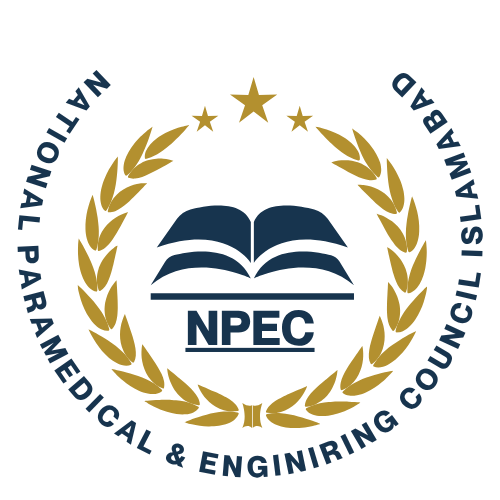Learning resources include books, videos, software, and other tools that help teachers guide students according to the curriculum. A good resource should match the syllabus, meet learning expectations, and be socially and developmentally appropriate for students.
In today’s digital era, learning is not limited to textbooks. Students and teachers now have access to a wide variety of online materials, computer-based learning, structured coursework, and audio-visual aids.
Video tutorials, in particular, make learning more engaging. They spark creativity, motivate students, and improve memory retention. Most importantly, when students are interested in the content, they learn faster and remember it longer. Digital resources also make remote learning possible, allowing teachers to reach learners anywhere in the world.
Resources on the NPEC Website
On the NPEC website, the “Resource Material” tab provides subject-wise resources. You can search for your required subject in the search bar or explore directly through the main tab. Once you select a subject, you will be able to view resources by grade.
Currently, the resources are divided into three categories:
- Teacher Resources
- Student Resources
- Assessments
At present, materials are available for Engineering, Information Technology, Management Sciences, and Medical Sciences, while resources for additional subjects are under development. Examination syllabi for different fields are also being added.
Digital Resources
In the modern education system, digital resources play a vital role. Students use educational videos to learn complex concepts and solve step-by-step problems, such as in mathematics and science. These videos make abstract topics easier to understand and bring learning to life.
Research shows that short video lessons improve memory recall and help students process information more effectively. The combination of sound and visuals appeals to different learning styles, making knowledge easier to grasp.
Benefits of Video-Based Learning
- Videos provide a more engaging experience compared to text alone. Students can see and hear concepts just like in real life.
- They are available anytime, anywhere, and can be accessed on laptops, tablets, or smartphones.
- Videos can be paused, replayed, or reviewed multiple times, which increases knowledge retention.
- They are especially helpful in complex and visual subjects like science, medical studies, mathematics, and technical training.
- They improve digital literacy and communication skills, which are essential in today’s world.
- Videos boost student engagement and motivation, leading to higher achievement.
- Teachers can use them to create blended learning environments or flipped classrooms.
NPEC’s Approach
The National Paramedical & Engineering Council (NPEC) recognizes the importance of both traditional textbooks and modern digital resources. We believe that videos and digital content should support and enhance classroom teaching — not replace it. Our goal is to combine the best of both worlds to create a balanced, effective learning experience for students and teachers.
